25 Terms Only Classic Car Lovers Will Understand
You may or may not have heard a couple of these growing up…
Like a lot of things, the technology of cars has changed so much over the years. And, the car culture that once was a huge part of young people’s lives is also largely gone, as are a lot of the car terms that were once common. Today, only classic car lovers will understand these 25 terms and phrases from the old days.
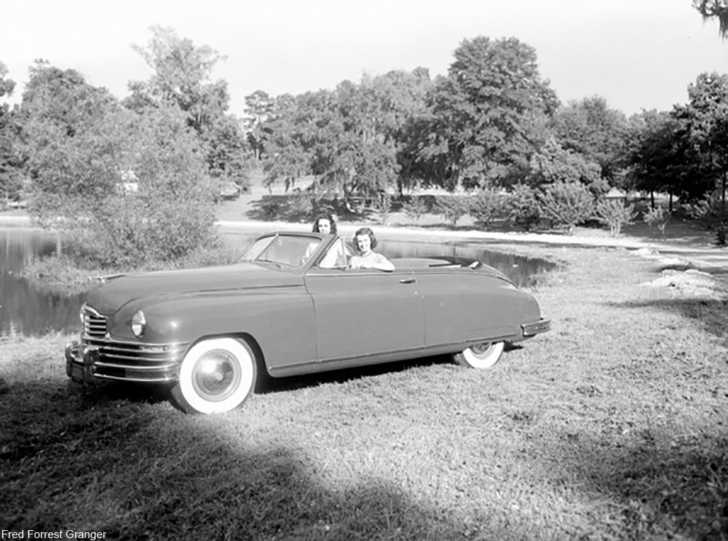
25) Banger
This terms refers to the number of cylinders a car has ie “4-banger” is a 4 cylinder.
24) Bone-stock
This is an original car with no alterations.
23) Brougham
This type of car was once common and refers to a vehicle with an open chauffeur’s compartment in the front and closed seating for either 2 or 4 riders in the back.
22) Cabriolet
This is an older term for a convertible with windows, as opposed to earlier open-top cars which did not have windows.
21) Dagmar
These are torpedo-like decorative elements on fenders and/or bumpers from the 1950s, so-nicknamed after the busty 1950s TV personality, Dagmar.
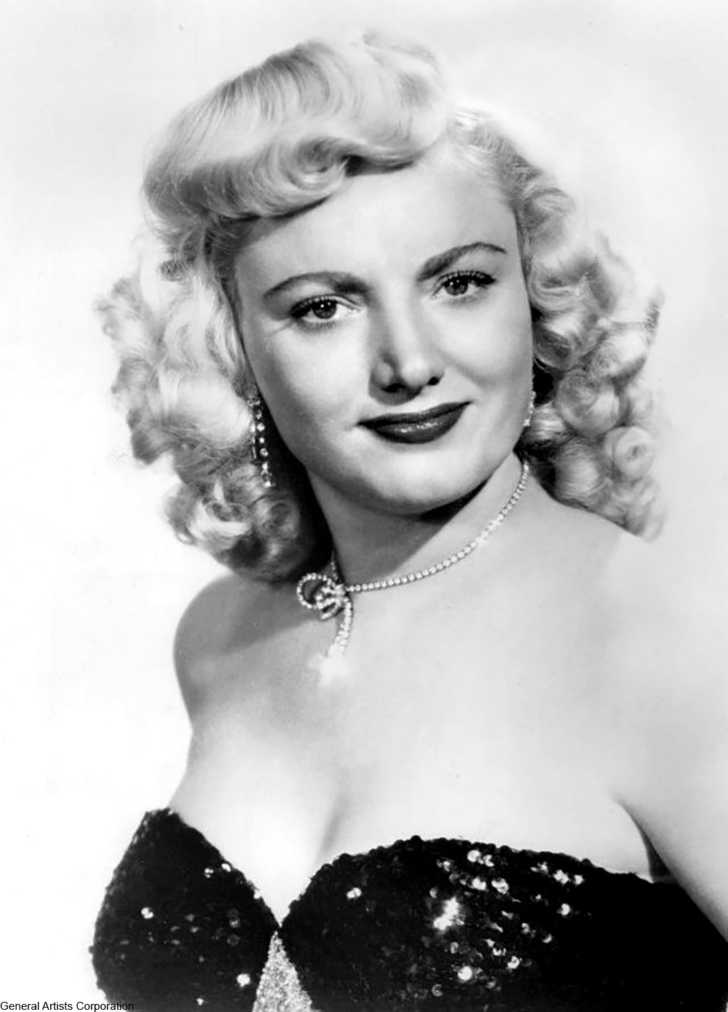
20) Digs
Drag races were called digs in some circles.
19) Estate Car
This term refers to an early form of a station wagon, used to carry people around and to/from large estates.
18) Fade-aways
These are fenders that blend into the body of the car rather than sticking out in a pronounced bump out, first made popular with the 1941 Packard Clipper.
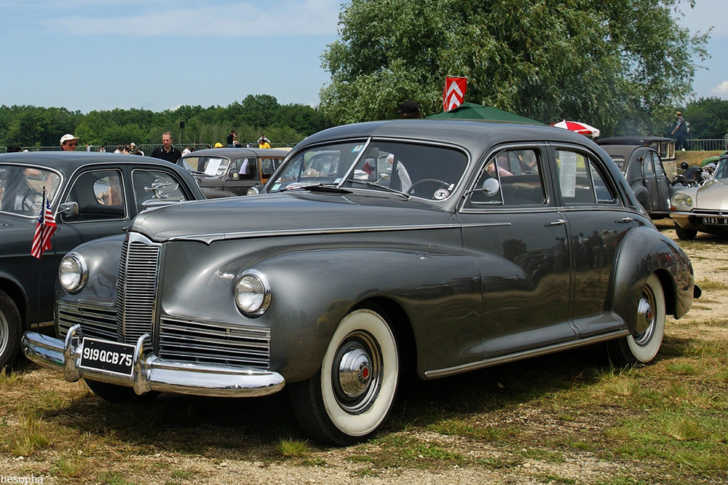
17) Fodor
This is an early term for a 4-door car.
16) Four on the Floor
Nickname for the 4-gear shift on the bottom of the driver’s area.
15) Governor
This is a regulator which controls how fast the car can be driven.
14) Gull-wing doors
These are doors that open up instead of out, as seen in Back to the Future with the time-traveling DeLorean.
13) Hopped up
A car that’s been modified to perform better has been “hopped up”.
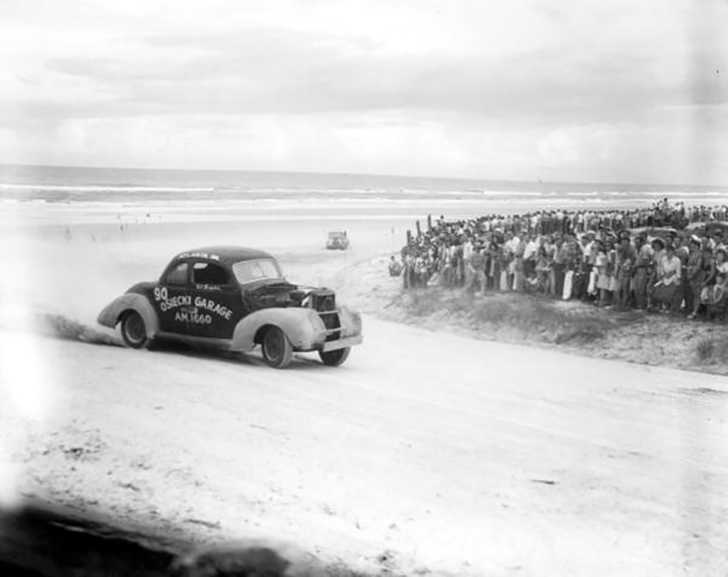
12) Land Yachts
This phrase is what really large cars from the 1950s and 1960s are often called.
11) Louie
This is a left hand turn.
10) Mouse motor
This is the nickname for a small motor manufactured from 1955 to present by Chevy.
9) OEM
This is an acronym for Original Equipment Manufacturer. This is done to specify when repairing or buying a car if the parts came from the source or if they were bought from an after-market maker.
8) Pinstripe
This is the term for a line of detailing that runs along side of the car from front to back. It was also called a “coach line” in the old days.
7) Pony Car
This term refers to a small car with lots of power, so named after the Mustang was released.
6) Roscoe
This is a slang term for a right hand turn.
5) Rumble Seat
This early invention was a flip down seat for 2 that could be stowed away when not in use. This back rumble seat was often uncovered, which made riding in one not as pleasant. They are sometimes also called “mother-in-law seats”.

4) Suicide Knobs
These devices, which attached to the steering wheel, were also called Brodie knobs after the near death of James Brodie. These knobs were rumored to have been dangerous and illegal, but they are not illegal at all. They are also called “spinners” since they help you more effectively turn the wheel with one hand- so you can keep your arm around your date and still drive. These can be made of wood, metal, rubber, or even carved Bakelite.
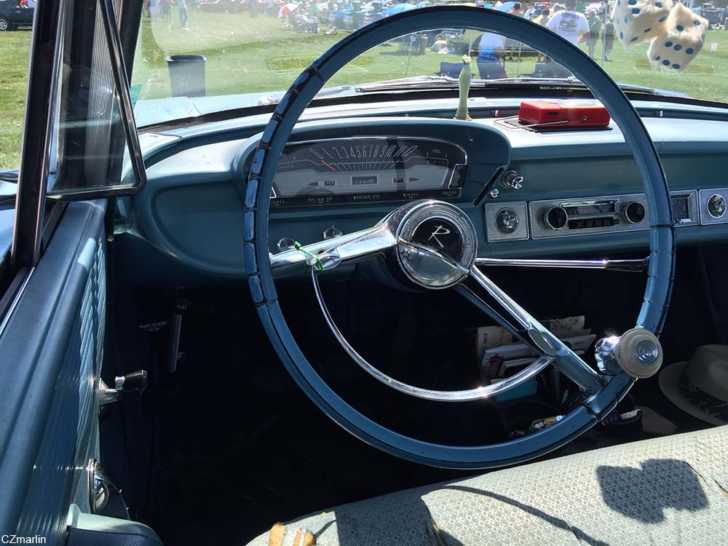
3) Touring Car
A touring car is an open car with no side windows manufactured in the early days of the automobile industry and meant for taking in the countryside views, uninterrupted by windows or window frames.
2) White Walls
This phrase refers to the tires with white rubber detailing that were so popular from 1900 into the 1960s. Though they are still in production today, you don’t see them all that often in the wild.
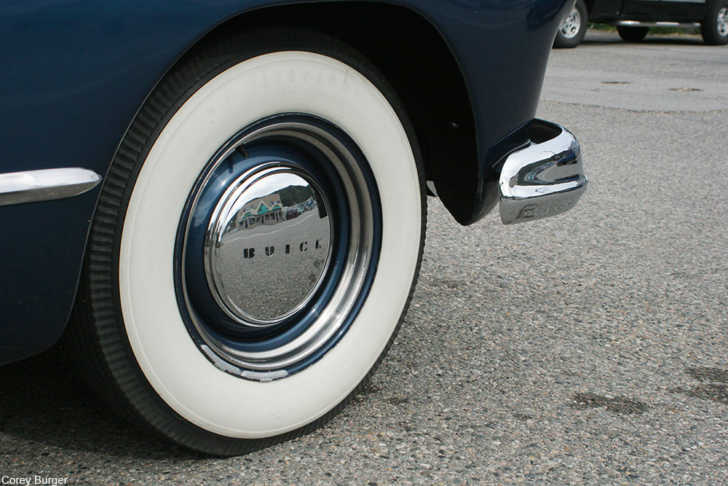
1) Woody
This is the term for a car with faux wood paneling on the sides, like many of the early station wagons had.
SKM: below-content placeholderWhizzco for DOT

